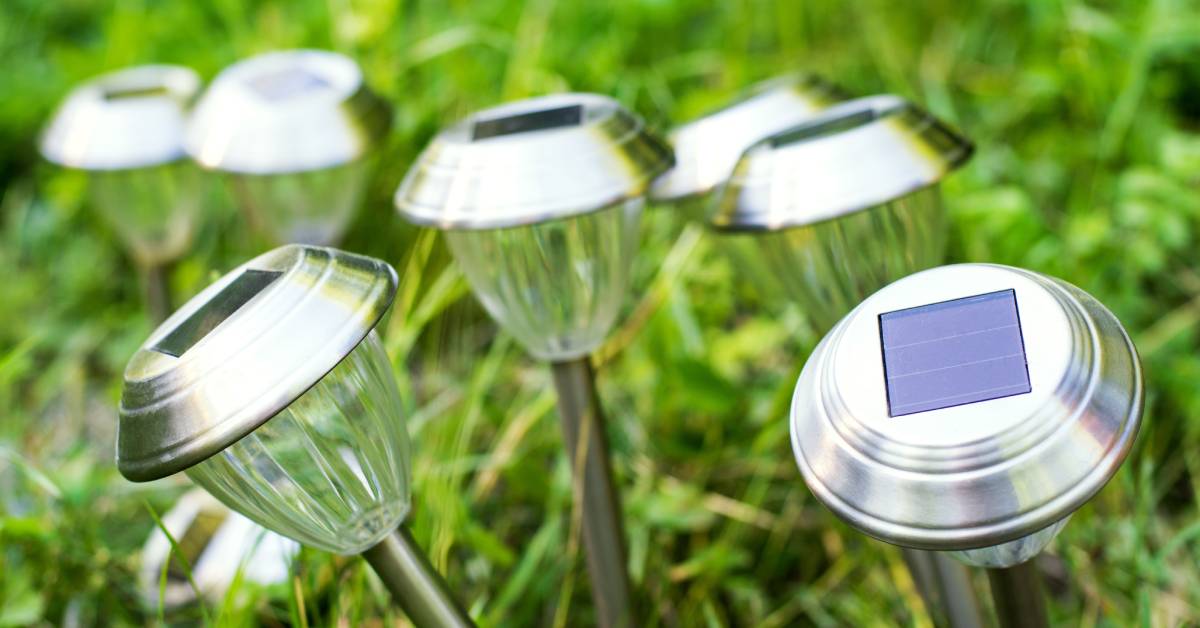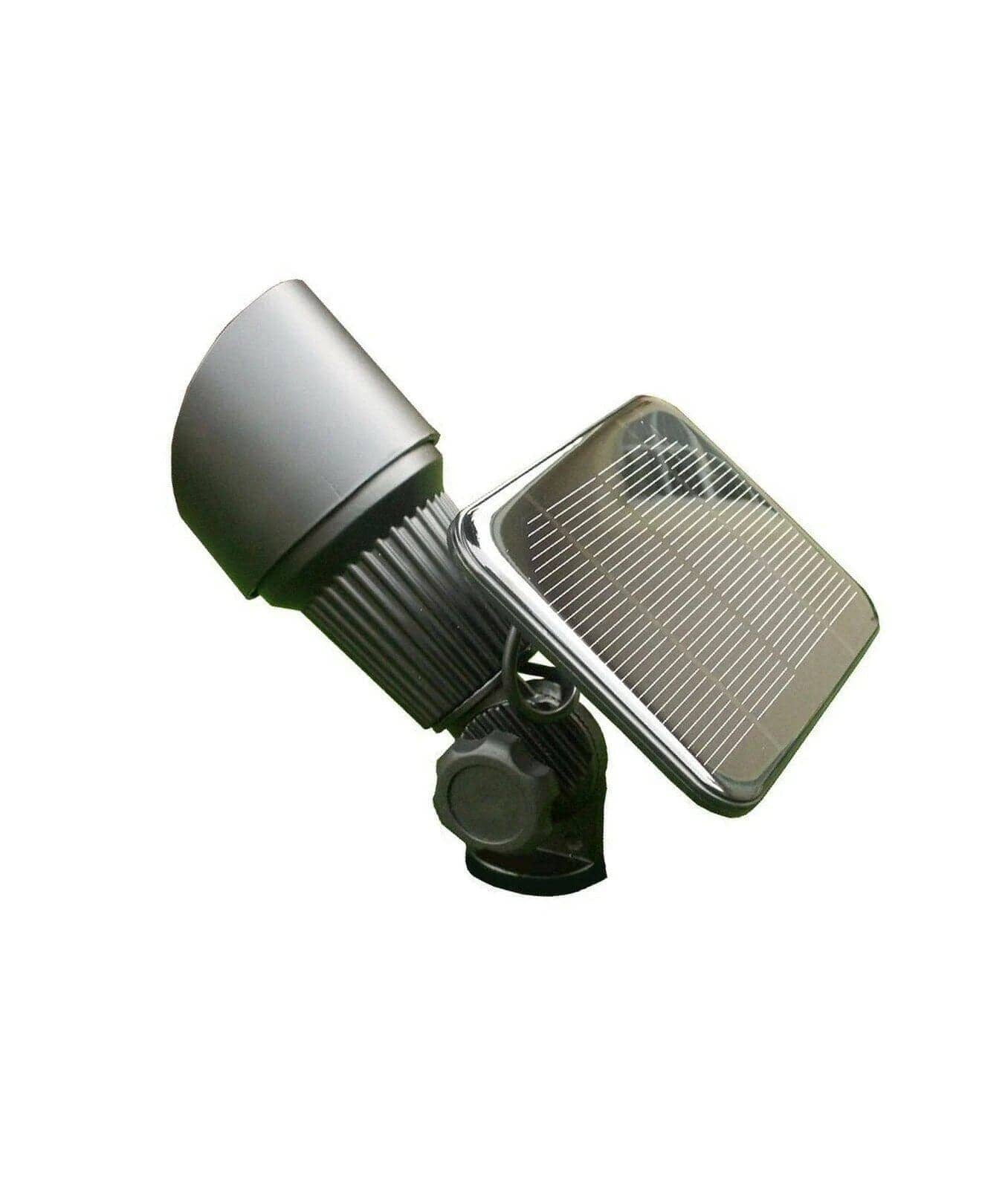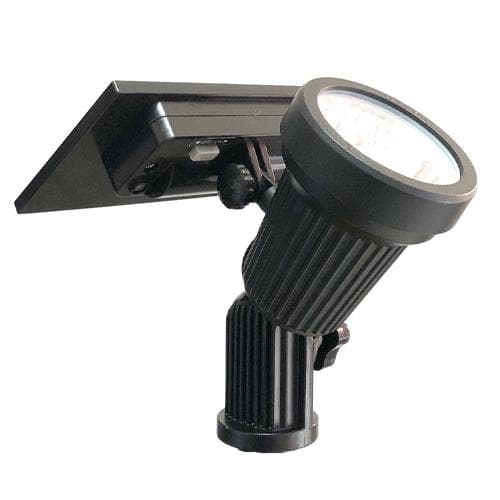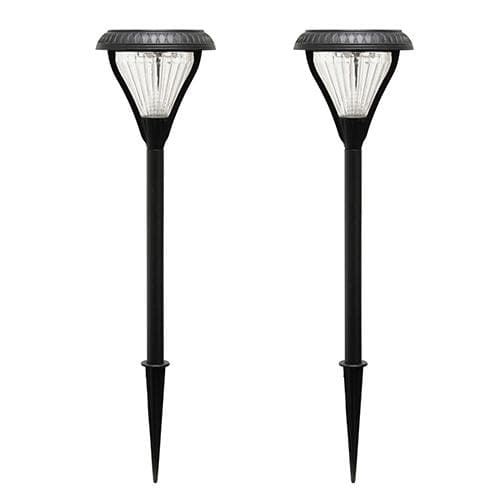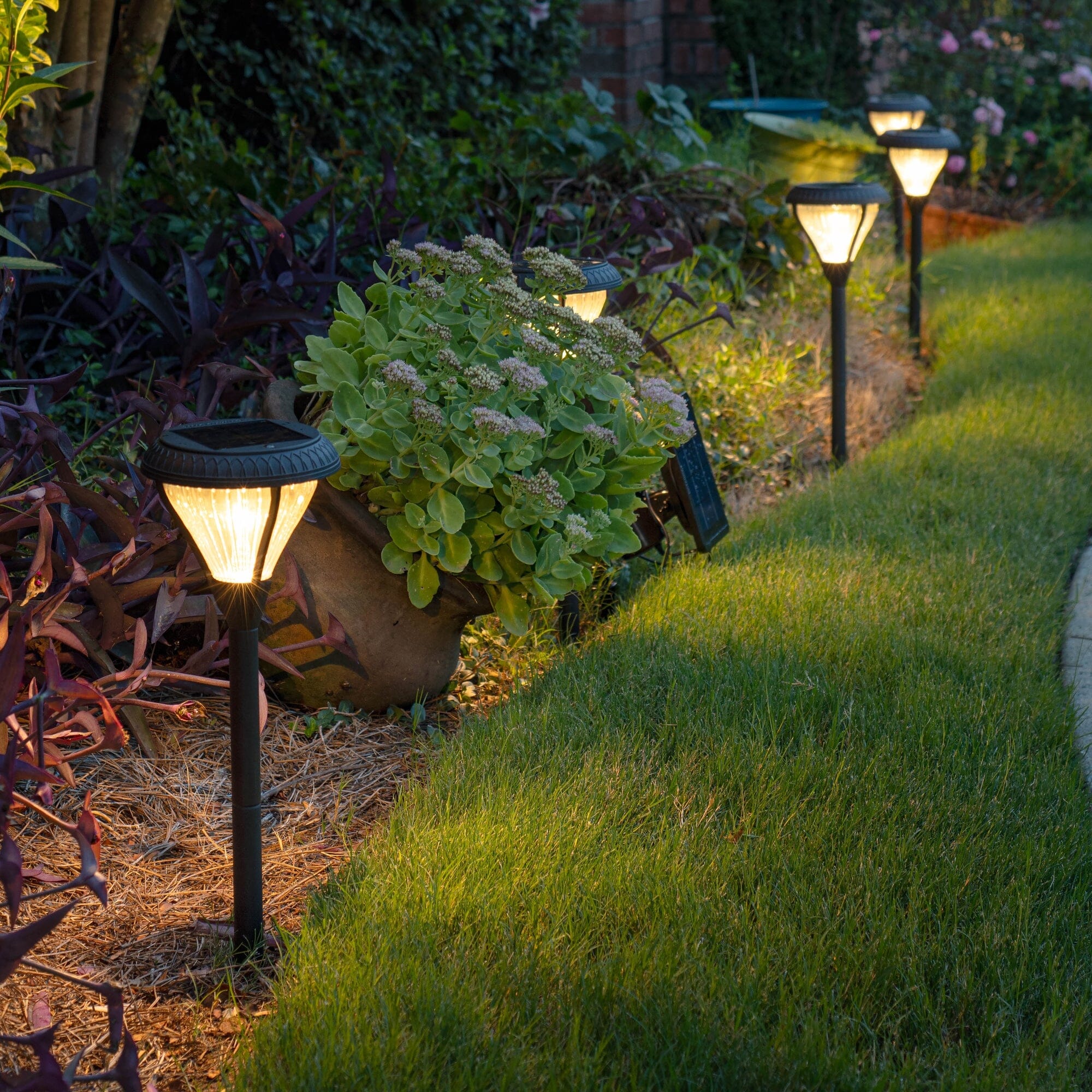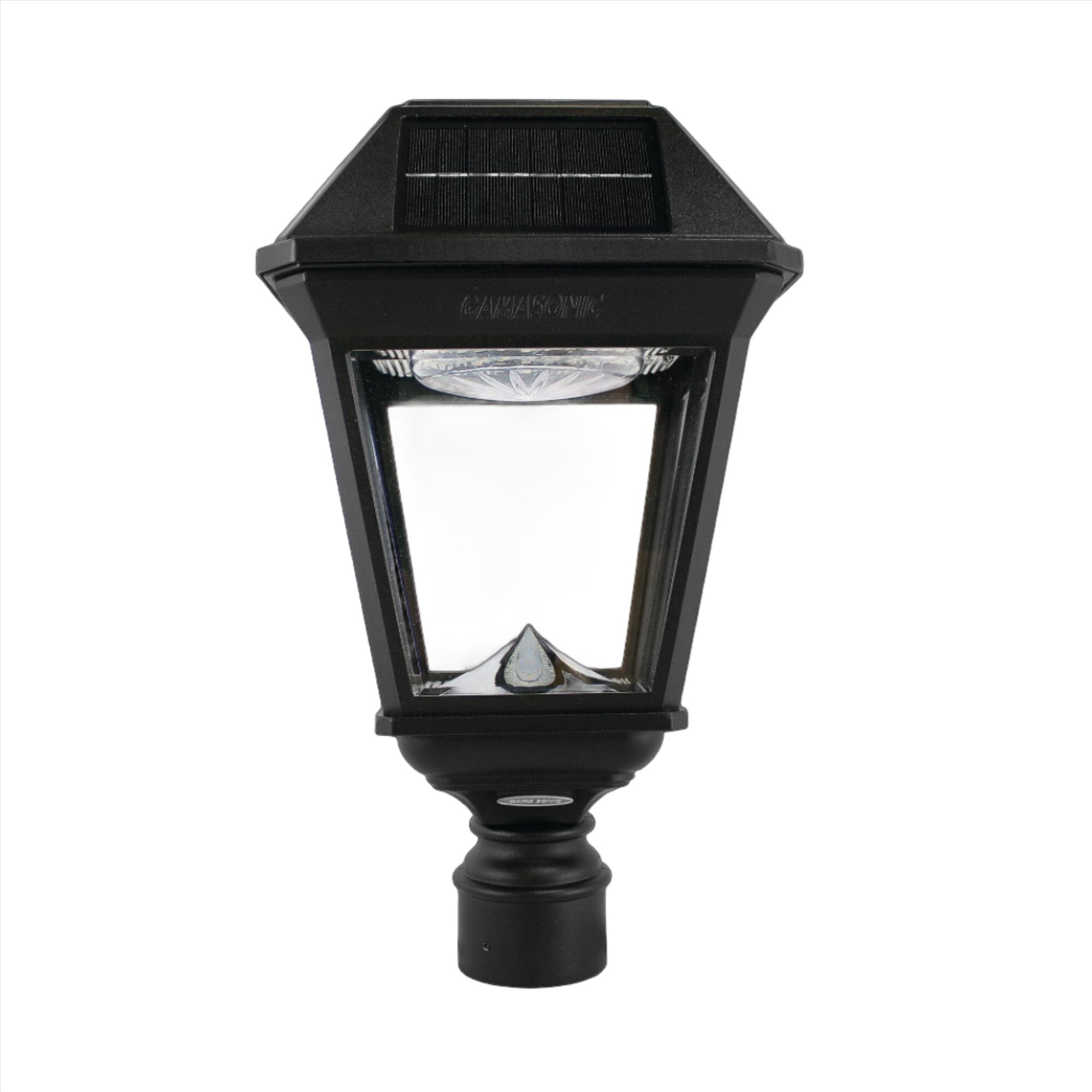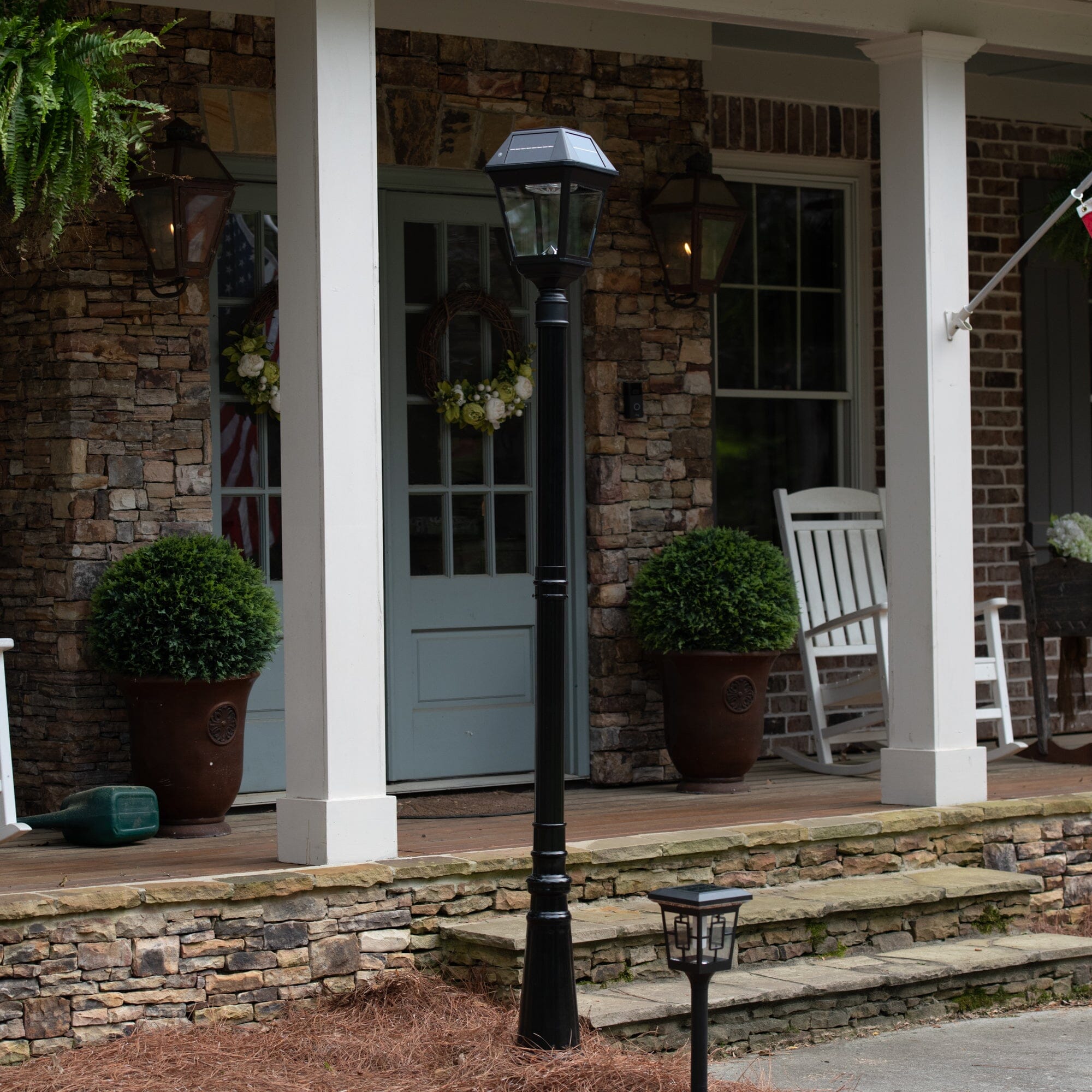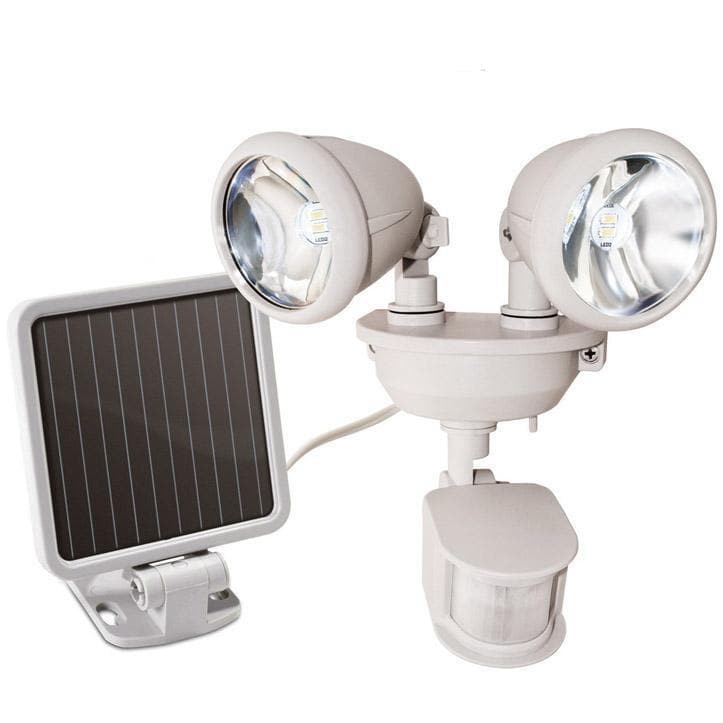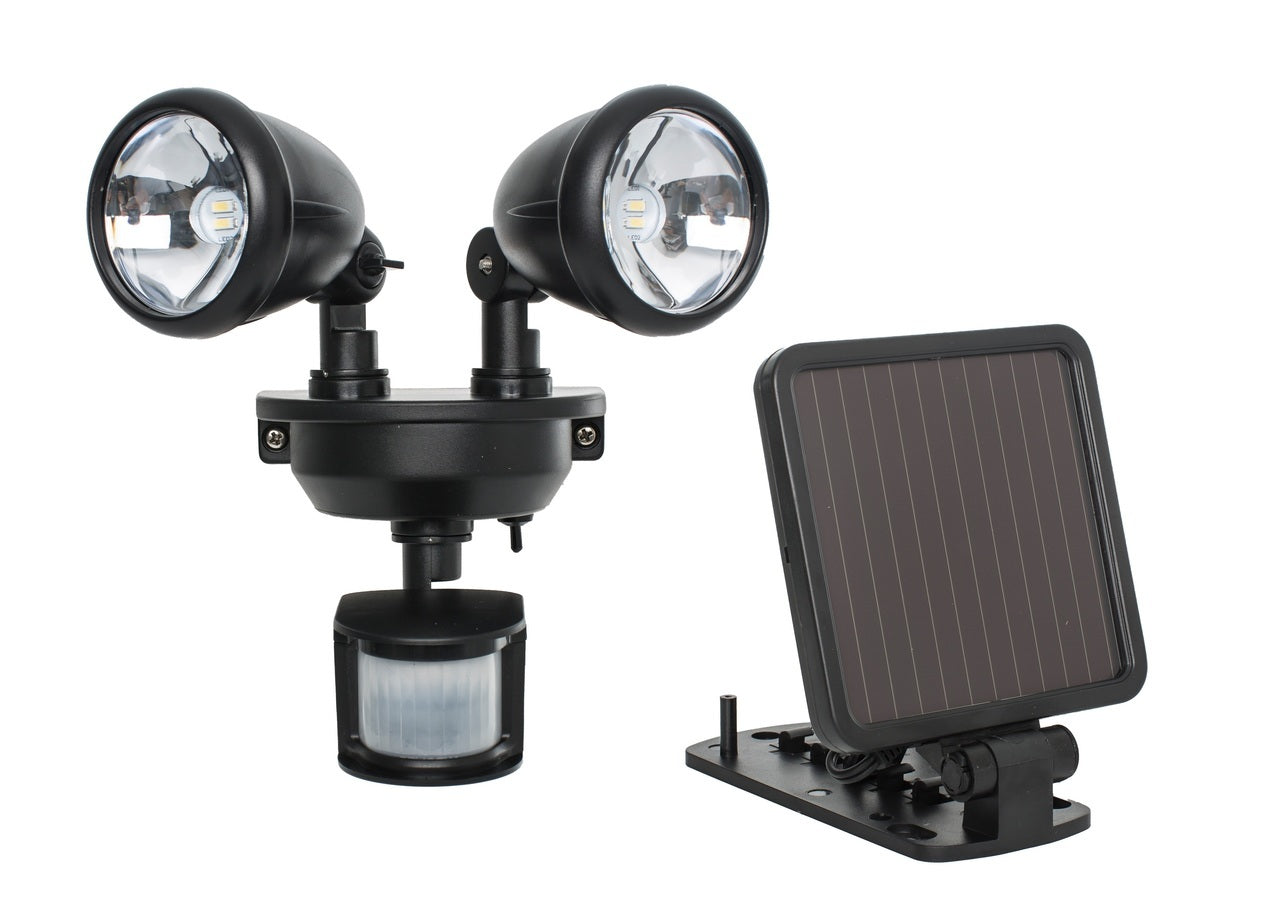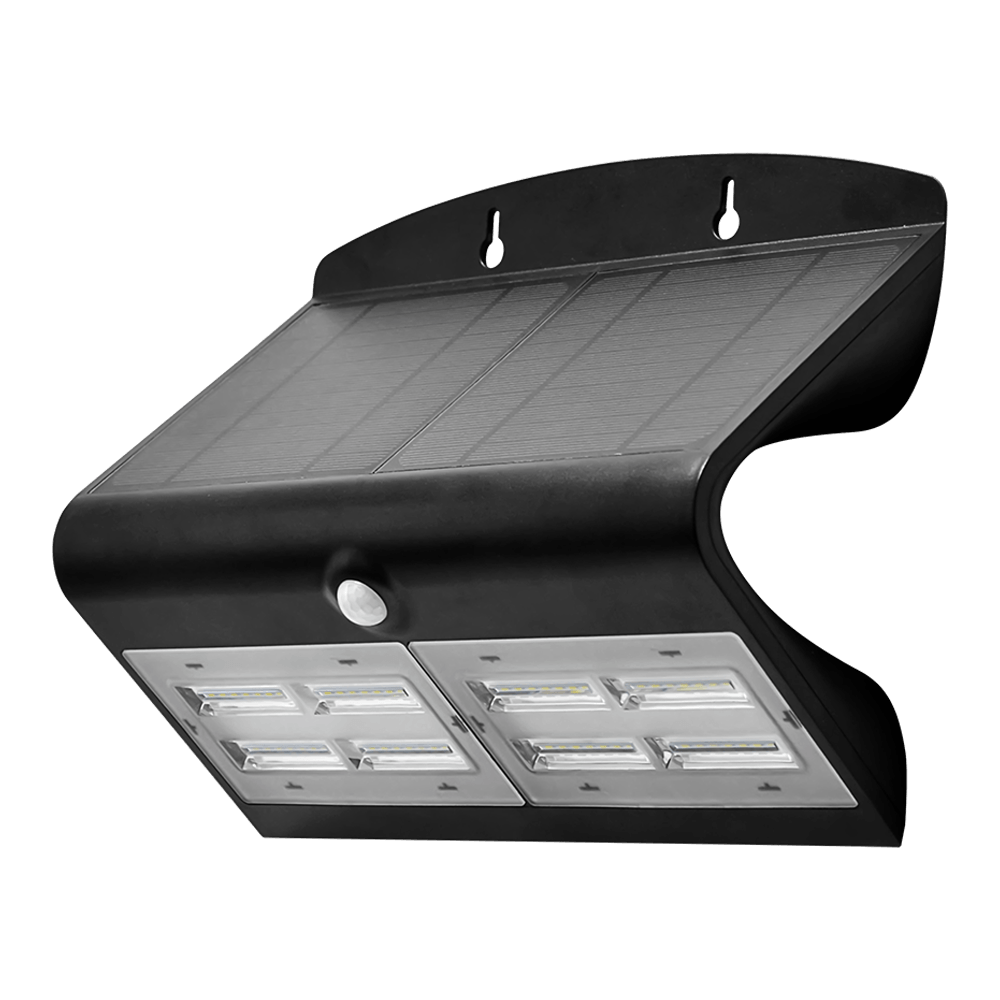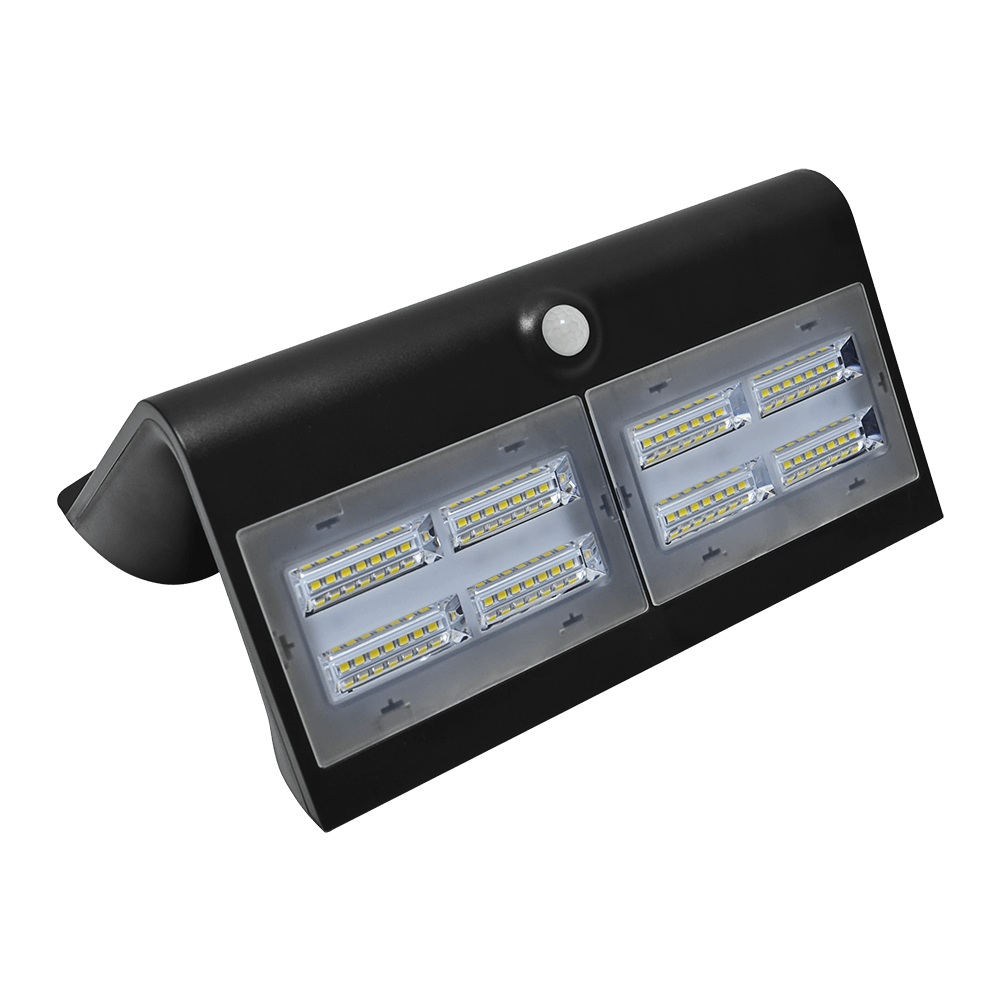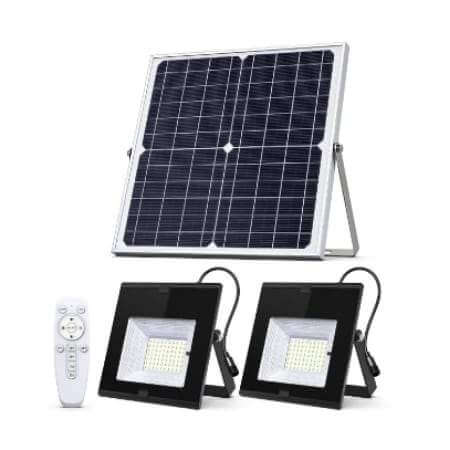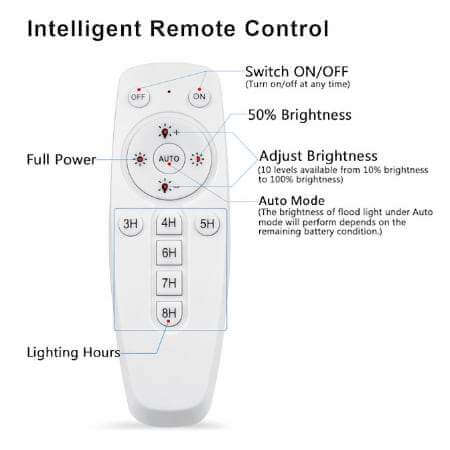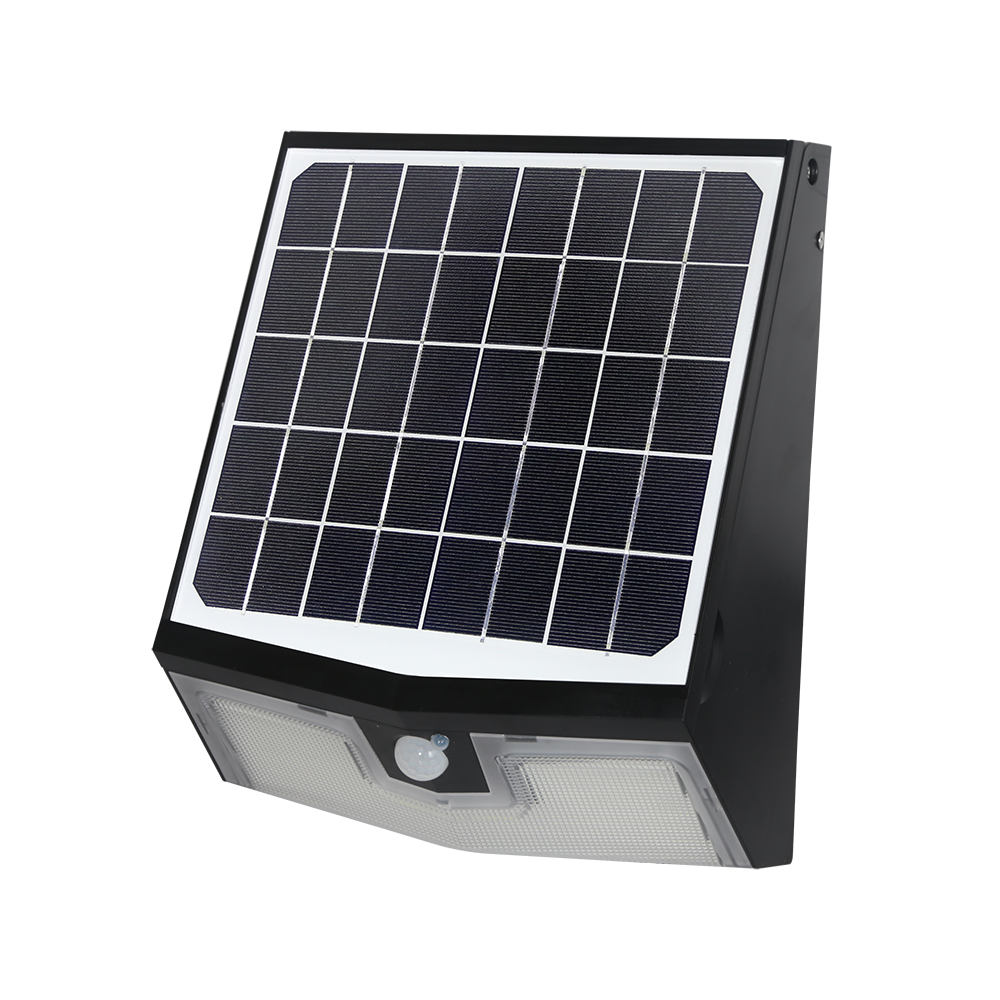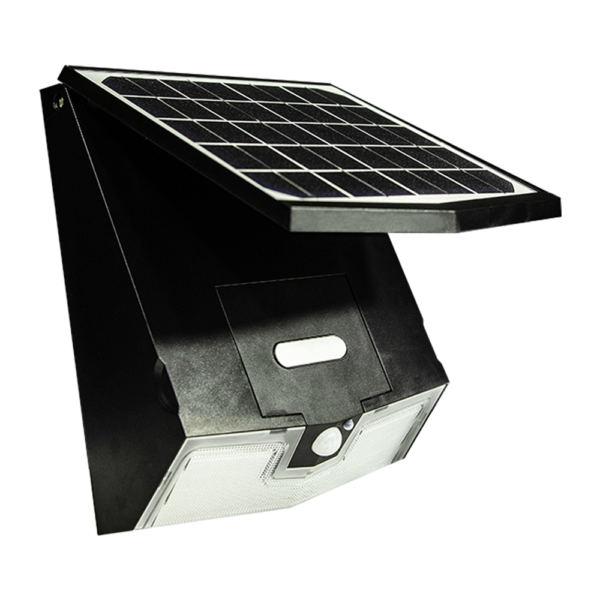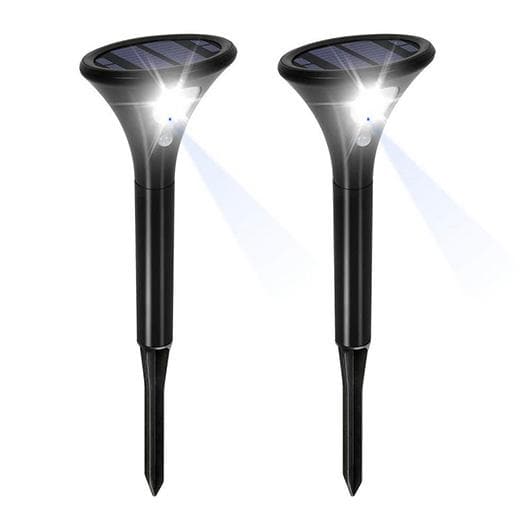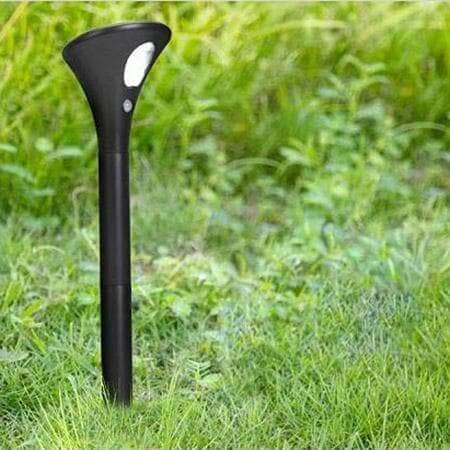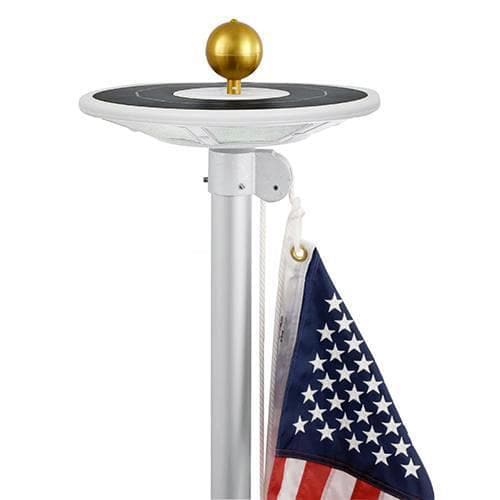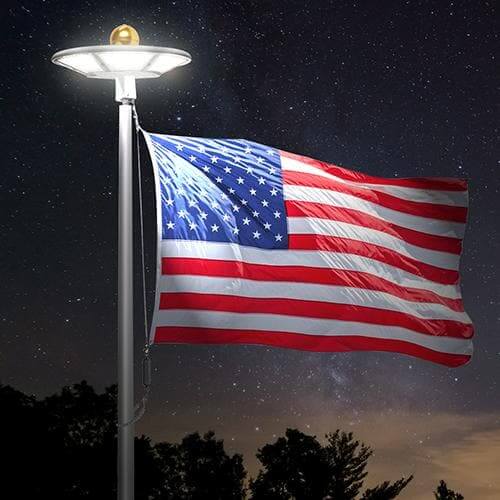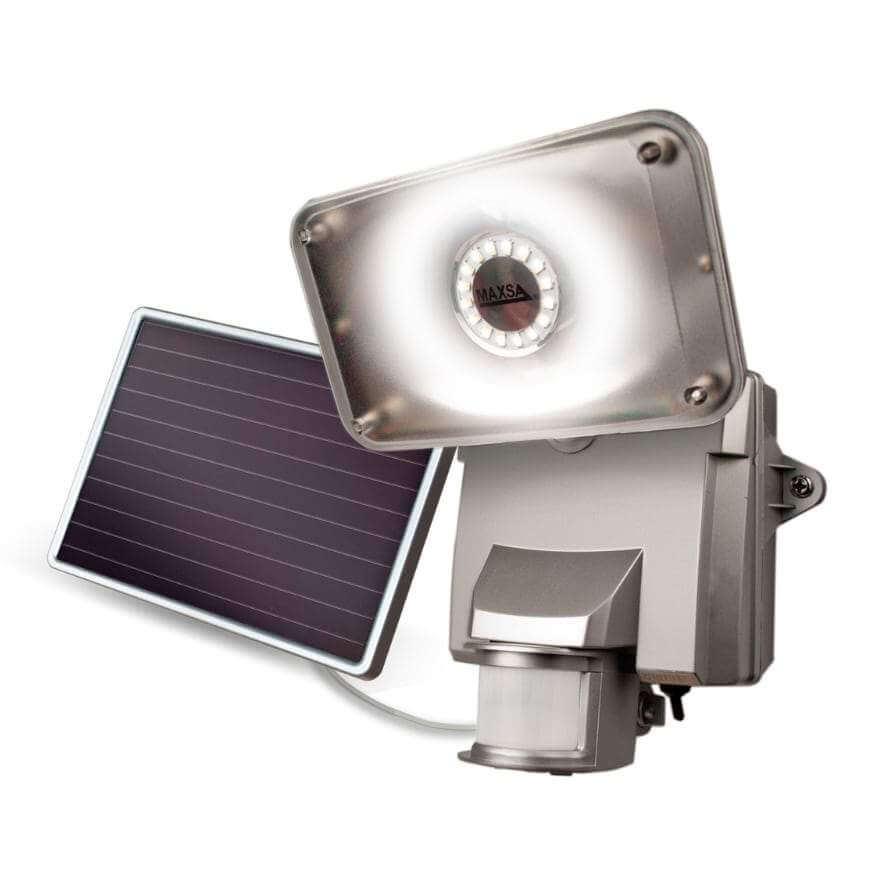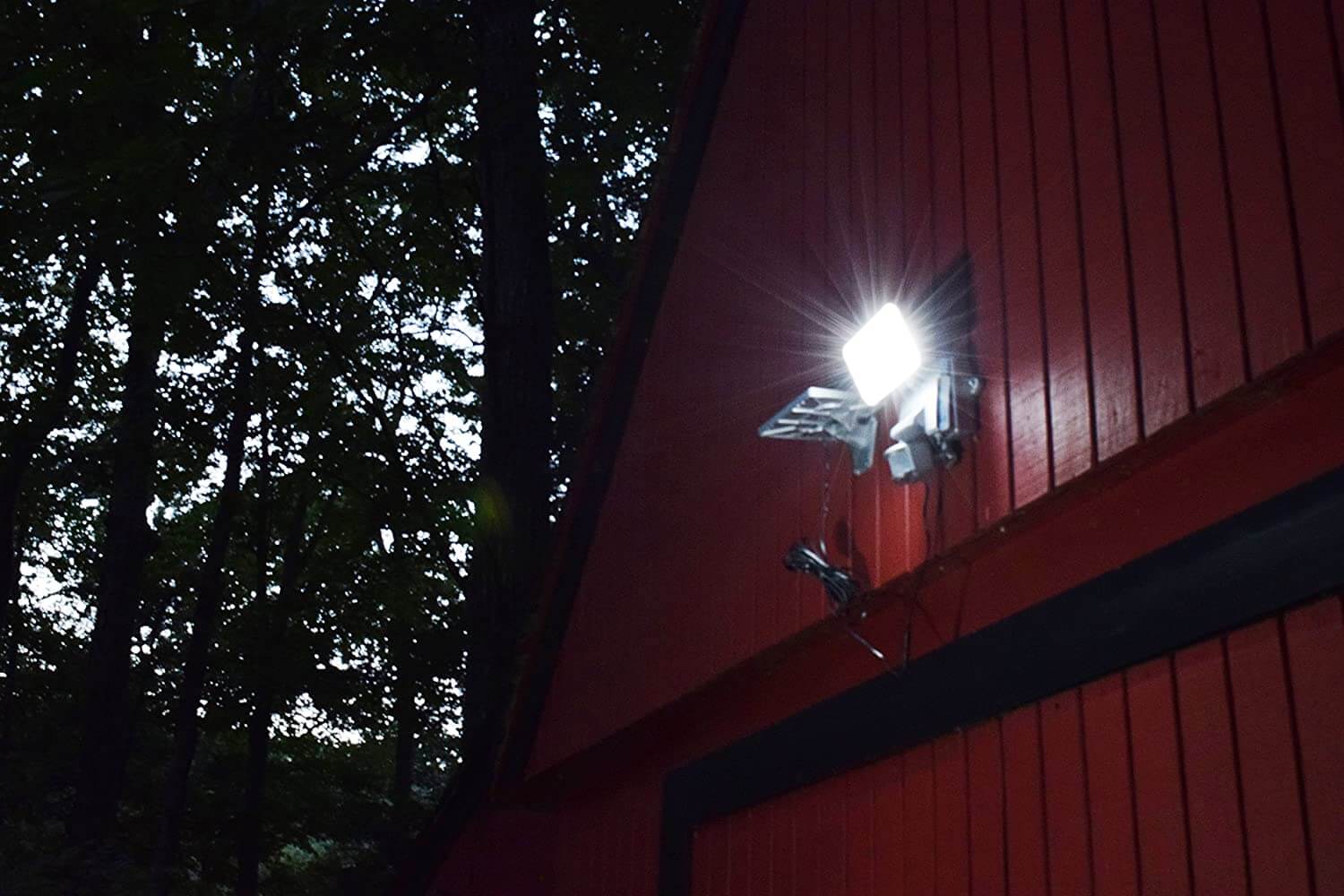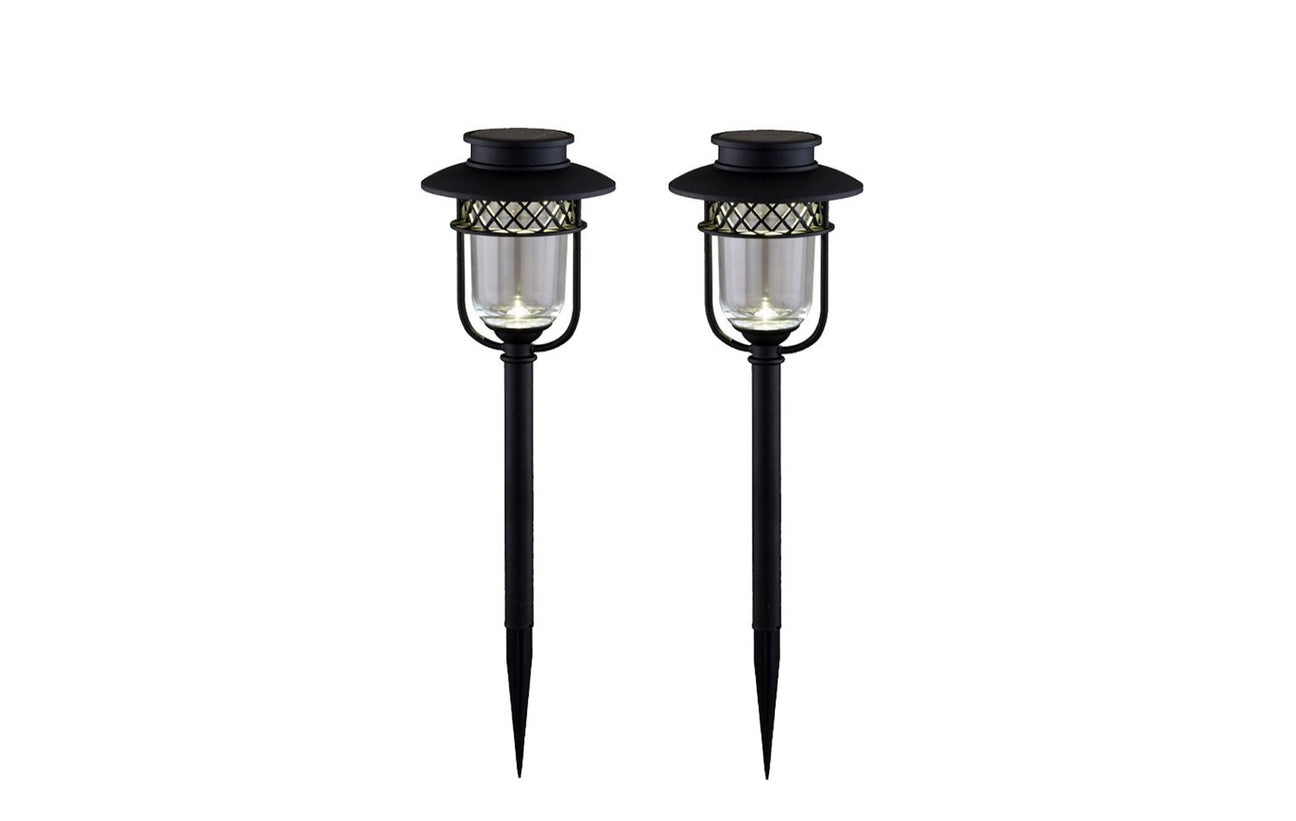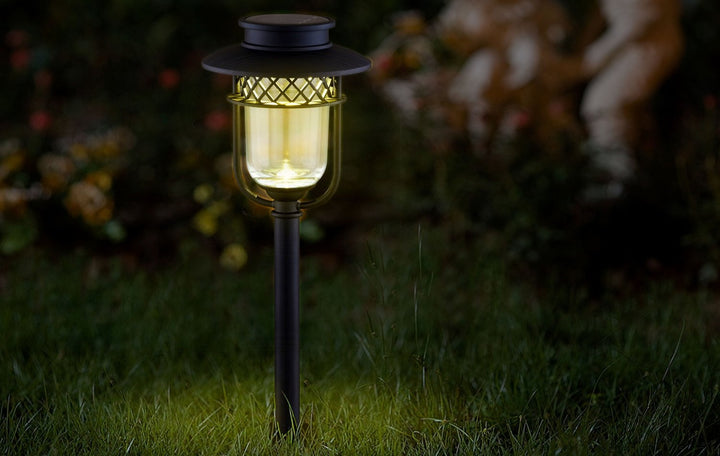In recent years, many have found solar lights to be a miraculous way to light their homes at night by using the power of the sun. However, homeowners may someday decide to upgrade their lights or find that their devices have reached the end of their usefulness. Although your first instinct may be to put the light in the garbage can, you should ignore that impulse. Read on to discover how to properly dispose of old solar lighting so that you can avoid putting the environment at risk.
The Dangers of Improper Disposal
It is not a good idea to dispose of solar lights in regular trash bins because these actions can result in environmental contamination. These lights usually feature rechargeable batteries that contain chemicals such as nickel, cadmium, or lithium. When these chemicals end up in a landfill, they can leak harmful substances into the nearby soil and groundwater, causing lasting ecological damage.
Glass components in solar lights also contribute to waste that lingers long after being discarded. The degradation process for these parts takes years, meaning the amount of trash accumulates continuously.
Improper disposal not only pollutes but also leads to squandered resources that manufacturers could reuse in new products. By choosing to practice thoughtful disposal methods rather than careless dumping, you show consideration for both community health and natural ecosystems.
Opportunities for Reusing Old Solar Lighting
Properly disposing of old solar lighting doesn’t always mean you have to remove devices from your house or even recycle them. Many solar lighting systems hold value even when they are no longer in peak condition. Read on to learn about several alternative ways to handle aging or malfunctioning lights while extending their usefulness.
Repurpose the Lights

Before you remove your old solar lights from your property, consider finding ways to creatively repurpose them around your home or garden. For example, if the lighting element still functions, consider turning the lights into decorative pieces such as hanging jar lights or chandeliers for your exterior.
You can also use them to accentuate holiday decorations. Consider using an aged light to provide illumination on the inside of a plastic jack-o-lantern when Halloween comes around.
Garden enthusiasts can use fading solar lights as unique planters by removing internal components and using the hollow spaces for small succulents or herbs. These alternative items add character to outdoor spaces, combining functionality with charm. Even non-electric components like stakes or fixtures might serve as materials in craft or landscaping projects.
When considering repurposing, think beyond the original design of the solar light. Salvaged components, like solar panels or lighting elements in partial working condition, can offer value for home workshops or experimental projects for those interested in reuse.
Give Them to a Friend or Family Member
Sometimes, an item outlives your need but may still function well for someone else. Instead of letting old solar lights gather dust in your home, pass them along to a friend or family member who could use them for their home improvement projects or other needs.
Some people you know may appreciate having additional lighting accents for walkways, patios, or driveways, even if the units work slightly under the original capacity. Providing minimally used items to others helps eliminate waste while giving them added value. By allowing solar lights to continue serving others’ needs, you ensure that people get more use and appreciation out of their functionality.
Donate Them to a Charity

Solar lights have the potential to brighten lives beyond your property. For example, some community organizations welcome lighting donations for housing projects. Donating directly to non-profit organizations guarantees your reusable items will contribute to a wider cause.
Choose a trusted local or international group when considering such options. Be sure to contact these organizations beforehand to confirm their acceptance of donated items. This method extends the life of the lights and aids communities or programs with limited resources.
Tips for Recycling Your Old Solar Lights
If you have solar lights that have completely run their course, the best choice is to recycle them. This allows valuable resources in the internal components and housings to cycle back into future products, minimizing dependence on newly extracted materials. Make sure to follow the tips below to ensure you find the best avenue for comprehensive recycling.
Investigate Recycling Options in Your Region
Your recycling options may vary according to your location. The first step involves contacting local facilities for clarity on what solar lighting components they accept.
You may also find that your region has electronics recycling drop-off points that can handle your solar products. Ask whether they accept mixed-material products involving glass and electric wiring. You may also find that some retailers collect solar lighting for recycling.
Take Out the Rechargeable Batteries and Light Bulbs
Solar lights contain several integral parts, with batteries and light bulbs being among the most essential and most easily removed. Recycling old lights involves separating these components so that specialized recycling facilities can address each aspect individually.
After you have removed the battery from your solar light, consider whether you have any further applications around your home where it can be useful. If not, you should be able to find an organization that specializes in recycling them or a retailer with a recycling program. Taking them to these places will allow for proper processing of the batteries instead of them ending up in a landfill.
Burnt-out or flickering bulbs similarly call for responsible recycling practices. LED bulbs contain trace non-renewable materials like aluminum, making reclamation important. Discarding these bulbs into regular trash hinders the larger end goal of proper repurposing.
Separating parts aids in making informed efforts related to both individual material streams and larger community recycling programs. By practicing care during disassembly, you contribute significantly toward better global waste progress.
Now that you know how to dispose of solar lighting correctly, you can take actions that will allow aged resources to enjoy a second life instead of contributing to world pollution. If you need to purchase new lighting that will keep your home illuminated, contact Outdoor Solar Store today. Our products include outdoor solar pathway lights that will provide you with a long service life while making your spaces more stylish and safe.

